
Fiscal policy has taken center stage as President Trump’s tax proposals will begin a drawn out process for legislative approval. Individuals, small businesses, and large corporations are expected to benefit from the various proposals.
Geopolitical risks weighed on global financial markets during early April as investors sought fixed income. Regardless, global equity markets achieved higher levels as confidence returned.
French voters are a focal point in the international markets as they decide the probable fate of the European Union (EU) and the euro’s acceptance. A leading candidate, Marine Le Pen, is an advocate of France exiting the EU, which the British voted for last year.
Mexico and Canada breathed a sigh of relief as President Trump suggested that perhaps the U.S. could renegotiate NAFTA rather than abandoning it. Trade has been a leading agenda item for the President as suggestions to impose tariffs on imports has raised anger among U.S. trading partners.
Contrary to popular belief, the U.S. dollar has actually fallen after recent Fed rate hikes. Some economists see this as a signal that rates may actually stay close to where they are and not rise much until stronger economic numbers are in.
The Fed gave no indication of slowing tightening plans this year, even though U.S. economic growth slowed to 0.7% in the first quarter of 2017, the slowest quarter in three years. Consumer sentiment, though, remained at elevated levels in April as the University of Michigan’s Consumer Sentiment Index rose again. It is up 9% from April 2016 to April 2017.
The S&P 500 Index finished up 5.5% during President Trump’s first 100 days in office. Timing has become a must when achieving an attractive first 100 days. Roosevelt began his term in the midst of the depression with a rebounding market from collapse in 1933, while Bush saw his first 100 days during the middle of the dot-com bust. (Sources: Eurostat, S&P, Bloomberg, Fed, Univ. of Michigan)
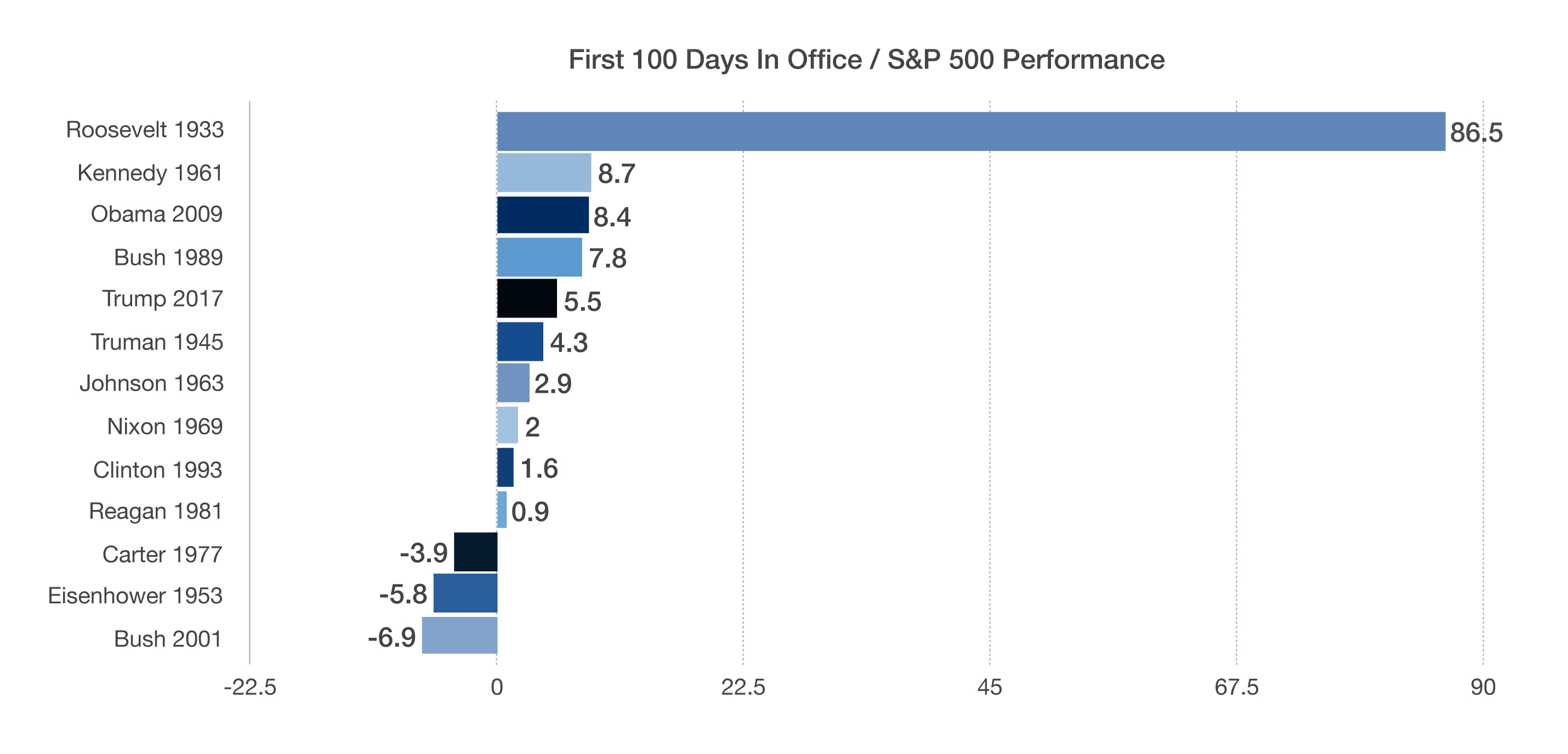
 through 6000 in April, taking it 17 years to move from 5000 to 6000. The index has hit 25 new records so far in 2017, the most of any year since 1999.
through 6000 in April, taking it 17 years to move from 5000 to 6000. The index has hit 25 new records so far in 2017, the most of any year since 1999.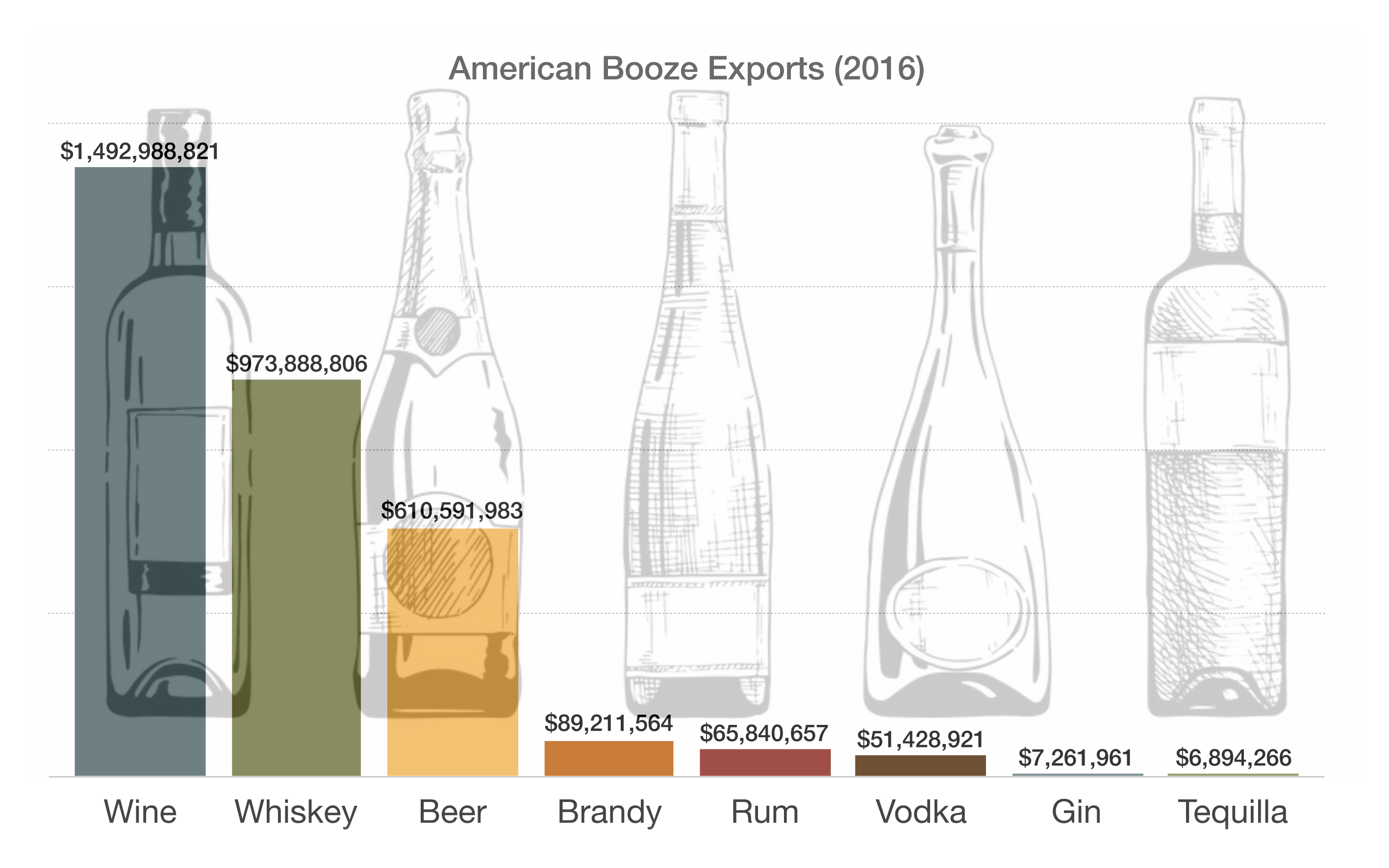
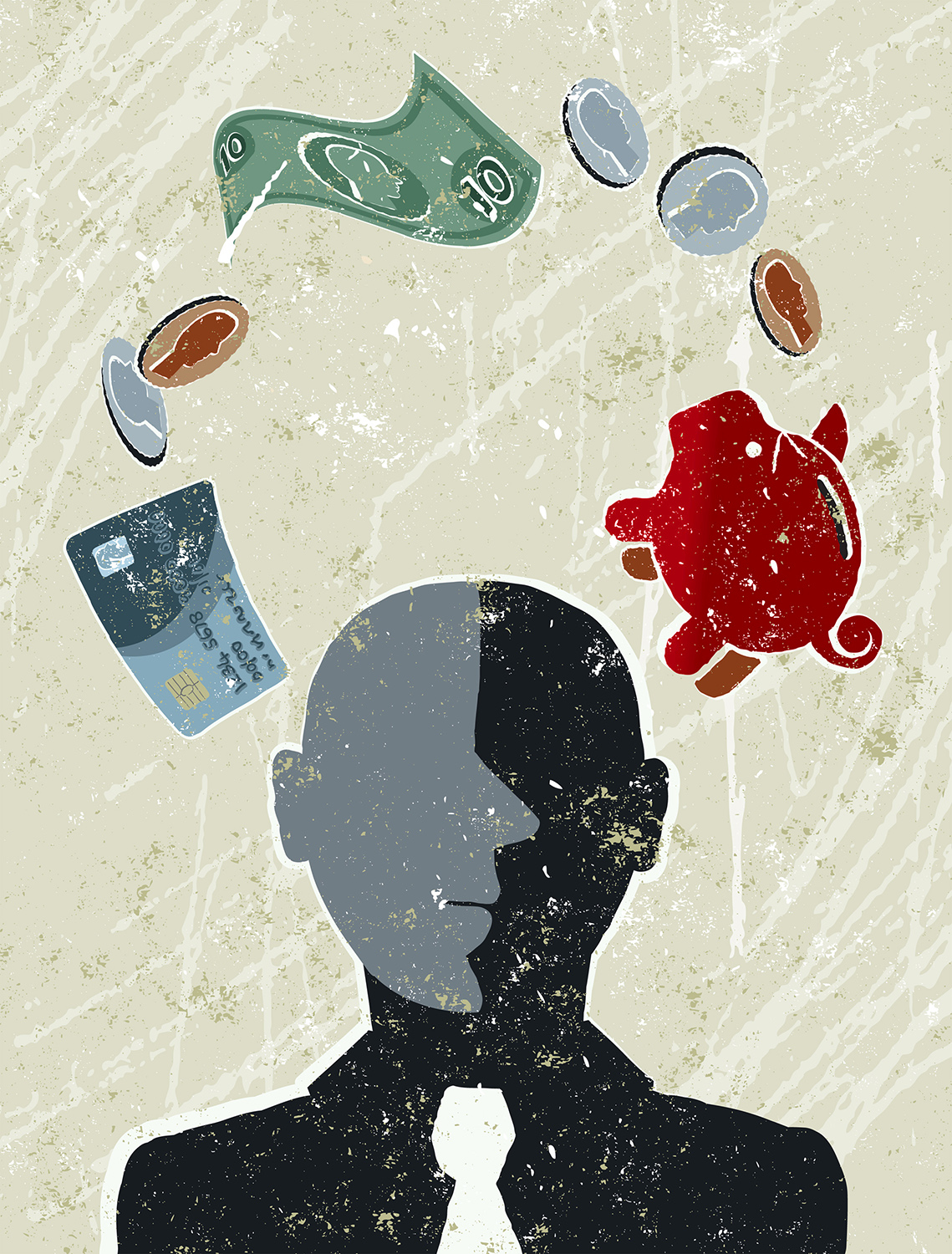 Trump Tax Proposals – Fiscal Policy
Trump Tax Proposals – Fiscal Policy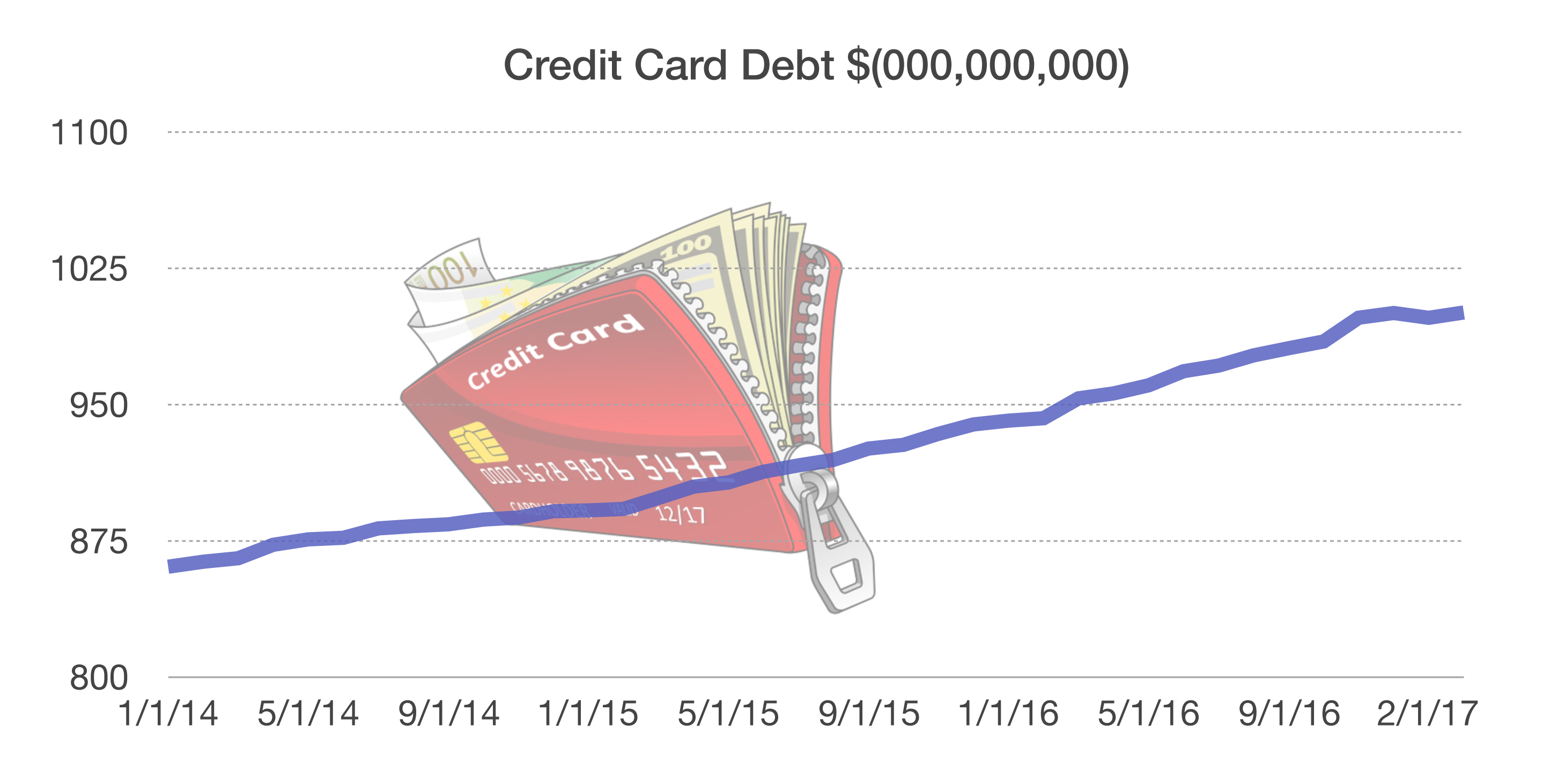 Two variables that economists look at closely are employment and interest rates, which directly affect the ability for consumers to borrow. Economists believe that loosening underwriting standards in various loan categories along with a strengthening employment market could very well offset any interest rate increases. The credit card business remains among the most profitable in banking as banks can charge much higher interest rates than other loan types, with average credit card rates between 12% and 14%. Yet, as credit card debt levels have risen, so have reserves for losses as banks anticipate delinquencies to rise. (Sources: Federal Reserve)
Two variables that economists look at closely are employment and interest rates, which directly affect the ability for consumers to borrow. Economists believe that loosening underwriting standards in various loan categories along with a strengthening employment market could very well offset any interest rate increases. The credit card business remains among the most profitable in banking as banks can charge much higher interest rates than other loan types, with average credit card rates between 12% and 14%. Yet, as credit card debt levels have risen, so have reserves for losses as banks anticipate delinquencies to rise. (Sources: Federal Reserve)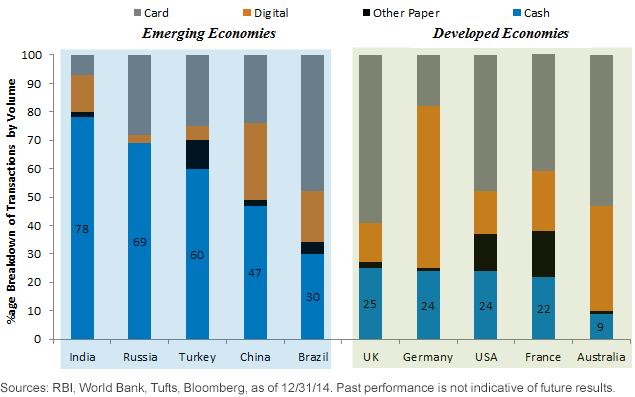 economy biggest which remains largely unorganized and under networked. India’s reliance on cash, which is often untaxed and unaccounted for, rivals the highest cash users in the Emerging Market world. At the same time, the country has created the world’s biggest biometric database (Aadhaar, that uses fingerprints and retina scans of most its population), the government is pushing for banks and financial institutions to increase their coverage to more areas of the country. These 2 efforts are taking place simultaneously and integrated which is demonetization the currency and therefore formalizing and digitizing the entire economy. Indian financial and technological sectors will be the most benefited from these actions. (Sources: Wisdomtree)
economy biggest which remains largely unorganized and under networked. India’s reliance on cash, which is often untaxed and unaccounted for, rivals the highest cash users in the Emerging Market world. At the same time, the country has created the world’s biggest biometric database (Aadhaar, that uses fingerprints and retina scans of most its population), the government is pushing for banks and financial institutions to increase their coverage to more areas of the country. These 2 efforts are taking place simultaneously and integrated which is demonetization the currency and therefore formalizing and digitizing the entire economy. Indian financial and technological sectors will be the most benefited from these actions. (Sources: Wisdomtree)